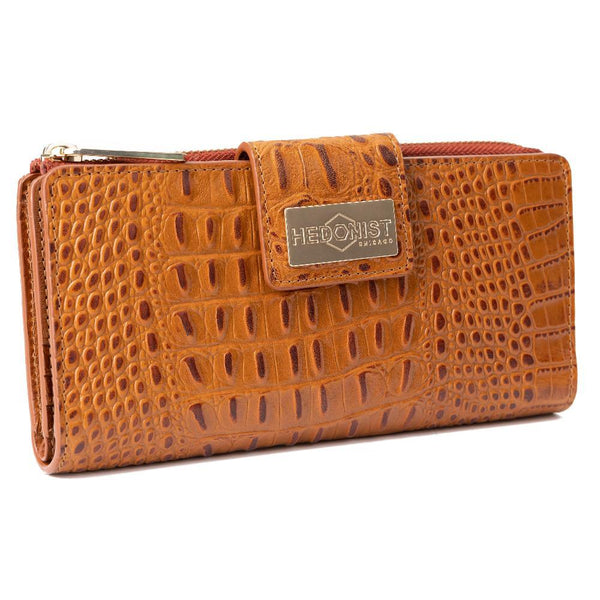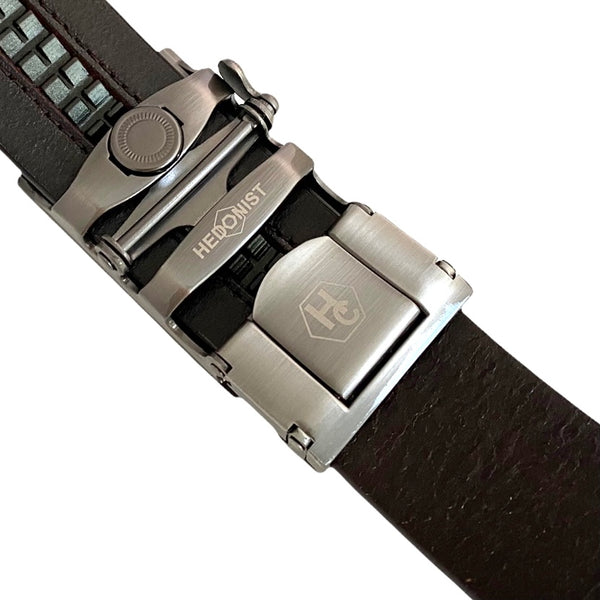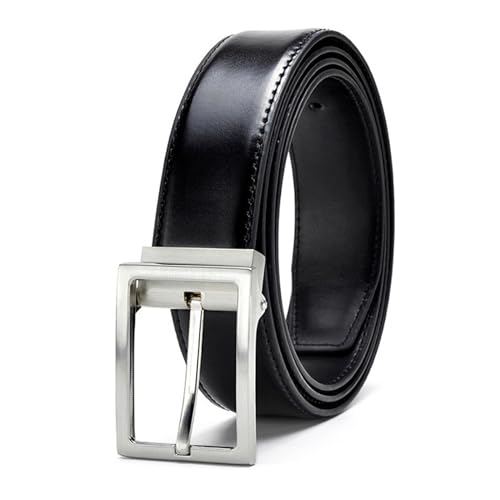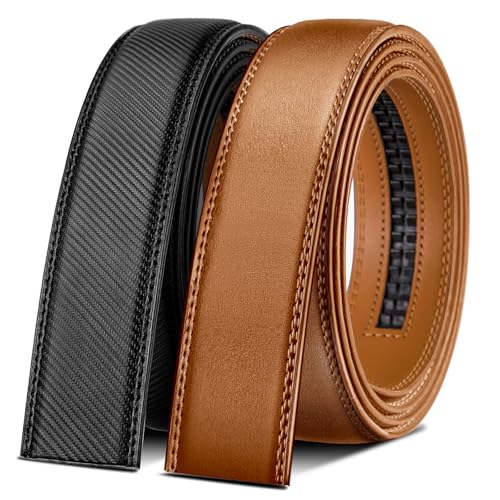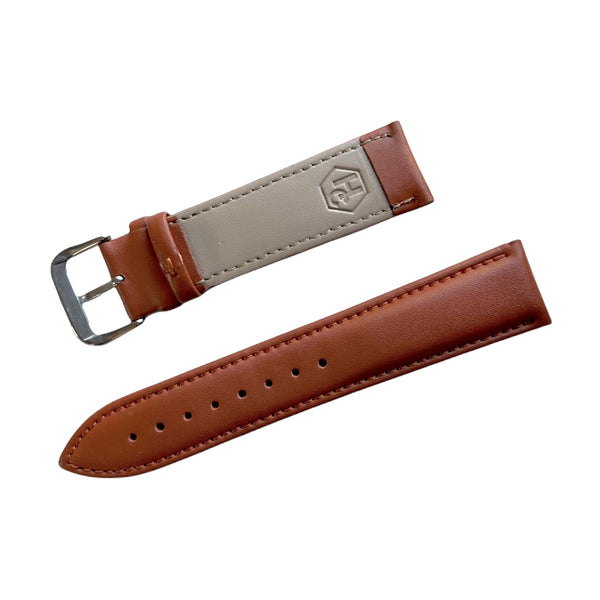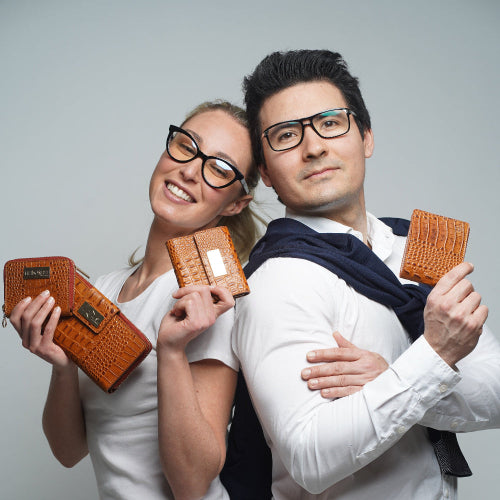How to Repair Leather Scratches: Complete Leather Restoration Guide
How to Repair Leather Scratches: Restore Wallets, Belts & Accessories
Even the highest-quality leather can get scratched. Whether it’s a daily-use wallet, a handmade leather accessory, or your favorite belt, surface damage is inevitable. The good news? Most scratches can be repaired at home using the right techniques and products.
This guide covers how to fix scratches on leather, from light scuffs to deeper marks. We’ll walk you through leather repair tips that work for both smooth and pebbled finishes, helping you extend the life of your leather goods.
Why Leather Gets Scratched
Leather is durable, but it’s not invincible. Common causes of scratches include:
- Keys and coins in bags or pockets
- Friction from rough surfaces
- Fingernails or pet claws
- Lack of conditioning, making leather dry and vulnerable
Luckily, minor damage doesn’t mean your item is ruined - it just needs care.
1. Identify the Type of Leather Scratch
Before treating the scratch, inspect the damage:
- Surface scuffs: Light and shallow. Often caused by abrasion and can be treated easily.
- Medium scratches: Slight indent or discoloration. Usually repairable with leather cream or conditioner.
- Deep scratches: Visible cut or tear in the leather. May require filler or professional repair.
Understanding the depth helps choose the right repair method.
2. Clean the Leather Gently
Always clean the area before treatment. Use a soft cloth and a small amount of leather cleaner or a mix of mild soap and water.
- Do not soak the leather
- Wipe in a circular motion
- Let it air dry naturally
This removes oils and dirt that could interfere with the repair.
3. Buff Out Light Scuffs
For shallow marks:
- Use a microfiber cloth or soft-bristle brush
- Rub gently in circular motion
- Apply a few drops of leather oil (almond or mink oil)
- Let it absorb, then buff again
This method often works for women’s wallets, leather card holders, and belts with a polished finish.
4. Apply Leather Conditioner for Medium Scratches
Medium scratches usually respond well to leather conditioner. Choose one with natural oils, beeswax, or lanolin.
- Use a small amount on a soft cloth
- Rub over the scratch and surrounding area
- Allow to soak in for 20 minutes
- Buff gently
For best results, repeat this treatment once every 2–3 months to keep leather supple and less prone to damage.
💡 Tip: Handmade leather goods respond especially well to conditioning due to their natural surface treatment.
5. Use Leather Repair Cream for Deeper Scratches
If the scratch is more severe, you’ll need a pigmented leather repair cream that matches your item’s color:
- Clean and dry the leather
- Apply cream with cotton swab or soft cloth
- Let it cure for a few hours
- Buff and reapply if needed
Products like this work well for women’s wallets and men’s leather wallets, especially if they have visible scuffs or corner wear.
6. Re-Color the Leather Surface (Optional)
If a scratch leaves a lighter area, consider using leather dye to restore the original tone:
- Choose a color as close as possible
- Apply sparingly using a sponge or cloth
- Let dry completely
Finish with conditioner or wax to protect the restored spot.
7. Prevent Future Scratches
Once your leather item is repaired, prevention becomes key:
- Store in a cool, dry space
- Avoid friction with rough surfaces
- Keep sharp objects away
- Use a leather conditioner regularly
Explore our leather belts for high-quality, care-friendly options built to last.
8. What Not to Do When Repairing Leather
Some common mistakes can make scratches worse:
- Using alcohol-based cleaners - they dry leather out
- Applying too much oil - can stain or darken leather permanently
- Using shoe polish - may not bond properly and leave residue
Stick to leather-specific products designed for wallets, belts, and accessories.
9. When to Call a Professional
If the leather is:
- Cracked through to the lining
- Torn or peeling
- Stained deeply from ink or oil
...then professional repair or reconditioning might be the best option.
But for most surface damage - including scratches and scuffs - DIY methods work well if applied carefully.
10. Can Personalized Leather Be Repaired?
Yes - personalized leather items like wallets with hot-stamped initials or foil embossing can be treated with care.
If you’re unsure, contact us via our Personalization page - we’re happy to assist with maintenance questions for monogrammed leather goods.
Conclusion: Repairing Leather Is Easier Than You Think
From daily scuffs to medium scratches, your leather goods can be restored with simple tools and a little patience. Clean, condition, and protect - and your items will reward you with years of beauty and durability.
🔗 Explore More:
